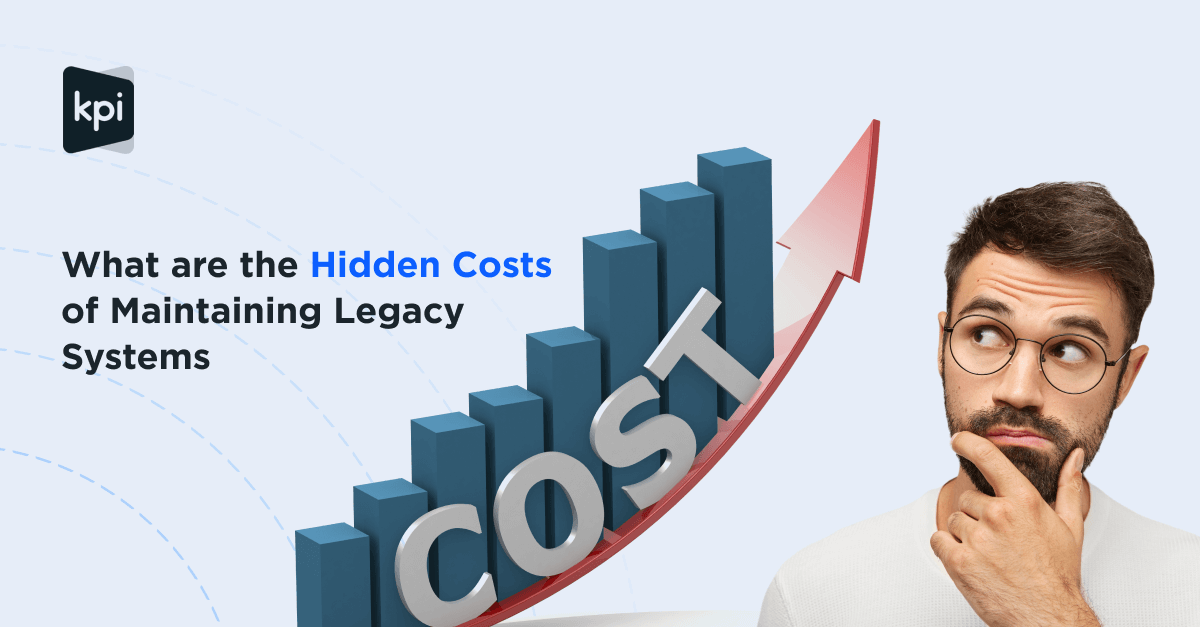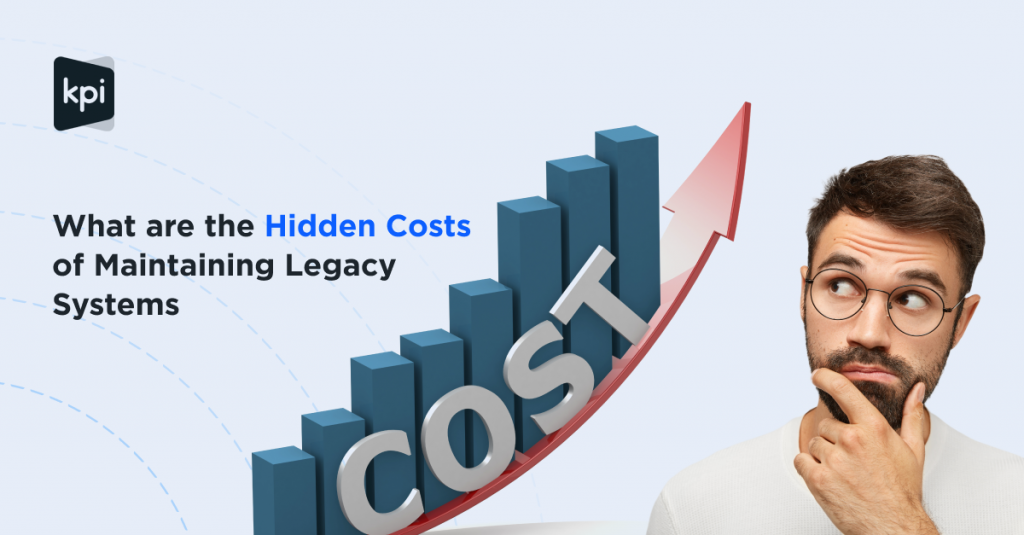
The Hidden Costs of Maintaining Legacy Systems

CIOs and other tech executives must constantly balance the old and the new. Technology and processes must meet the demands of the business today and in the future while maximising efficiency.
What is a Legacy System?
Usually, when we talk about legacy systems, we’re talking about mission-critical technology that was created in the past but is now outdated. It might be a reference to software (such as monolithic instead of microservices architectures), hardware (such as on-premise servers or localised technology stack instead of cloud computing), or a combination of both.
According to Avanade research, modernising and replacing your outdated software might result in a 14% boost in income. Maintaining outdated systems might deplete your resources in addition to causing you to lose out on possible possibilities.
The following are five hidden expenses related to maintaining legacy systems that every CEO and CIO should be aware of:
1. Maintaining Expenses
It’s not always a hidden expense, but the longer a legacy system is in the end-of-life stage, the more expensive replacement parts will get when production stops and the supply runs out. As the cloud provider absorbs it as a cost of doing business, switching to cloud-based infrastructure eliminates the expense of maintaining and updating physical equipment. With cloud computing, you only pay for your usage, which results in a considerable cost reduction.
2. Talent Shortage
The expertise needed to run and maintain the legacy system gets less widespread as it gets older. It can lead to the requirement for paying personnel with outdated and uncommon skill sets costly compensation or for paying to educate new hires on the legacy platform, which may have a negative impact on the staff members themselves as they invest their time in learning skills at the technological frontier. It may also mean that you must keep a bigger crew.
3. Environmental Expenses
Moving to new technology (like the cloud) can lead to enormous efficiencies for your company and the environment, much like upgrading to a new automobile. For the same amount of labour, modern technology will use less energy and produce less heat than traditional systems. Furthermore, converting old systems to cloud-based technologies enables executives to embrace environmental economies of scale. AWS claims that businesses using the cloud typically use 84% less power, 77% fewer servers, and a 28% cleaner renewable electricity source.
4. Technical Expenses
As the skills gap in your organisation increases, the inability to keep people knowledgeable in legacy system operations leads to technical debt. As a result, there are security concerns, compliance difficulties, and restrictions on how quickly personnel can react to crises when they inevitably happen. By switching to a contemporary, cloud-based KPI ERP infrastructure, you can eliminate this technological debt and create a robust, modernised application to fill the security and dependability gaps.
5. Cost of Opportunity
Maintaining outdated systems also prevents you from utilising cutting-edge innovations like machine learning, AI, and IoT. Opportunity costs are challenging to identify, but the long-term consequences might be significant if your rivals deliver superior services to clients by seizing new technology with both hands while sticking with outdated systems and providing inflexible, unreliable services.
Overcoming Challenges to transformation
Upgrading systems before a commercial requirement or opportunity to justify the expenditure may be reckless. However, sticking too tightly to a system at the back of a technological wave may be as reckless.
Are you contemplating a modernisation or relocation project of your own? Would you want to learn more about where to begin and your options? Make time to talk to one of our experts immediately. Learn more about KPI ERP system and how it helps to transform your business.